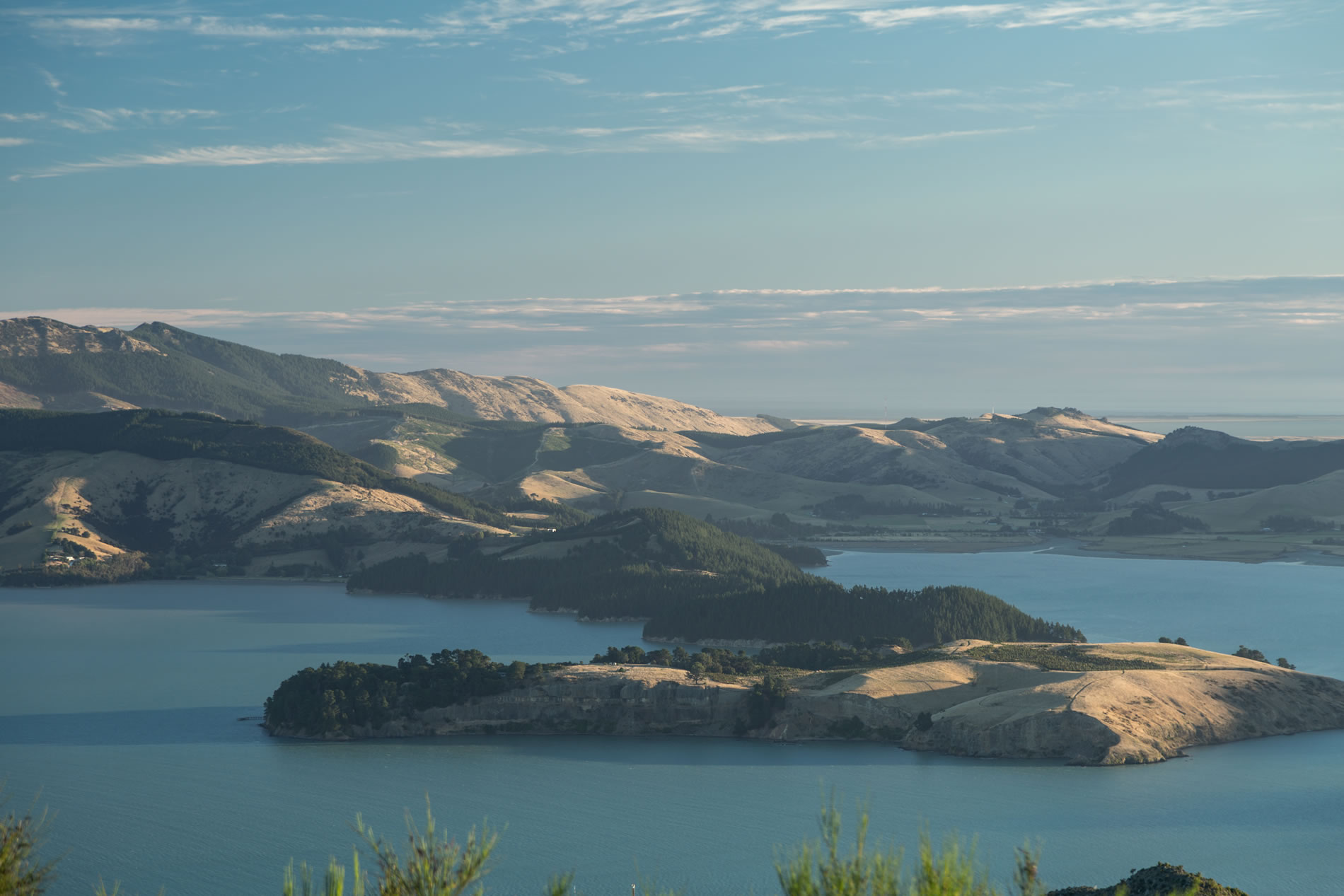Quail Island – Ōtamahua
Quail Island, is an 81-hectare island approximately 3 km from the port of Lyttleton
Antarctic Expeditions
- It was used as an animal quarantine station for several Antarctic expeditions between 1901 and 1929. Remnants of their presence on the island remain. They include the foundations of dog kennels, the beach where the dogs and ponies exercised, and the old wharf where the animals were loaded and unloaded prior to their journey south.
Māori History
- Ngāi Tahu knew Quail Island as Ōtamahua, which means the place where children collected sea birds’ eggs.
- Earth ovens (umu) have been discovered on the island which were used for roasting the eggs that were considered a great delicacy, especially among the children.
- A whare existed on the island at the time of European settlement and was used for day and overnight shelter by egg-gathering and fishing parties.
- Quail Island is also known by the name Te Kawakawa. This name is thought to refer to the pepper tree (also known as horopito), which had several important medicinal uses. Only one specimen of kawakawa is now known to exist on Ōtamahua.
1800s to present
- The island was given its European name in 1842 by Captain William Mein Smith who saw native quail here (now extinct)
- A quarantine station was opened in 1875, taking sick passengers from immigration ships before docking on the main land
- A leper colony was built and operated between 1906 and 1925, with a total of 14 men sent to the colony during its operation.
- Quail Island was declared a recreational reserve in 1975 and was placed in the care of the Department of Conservation
- Since 1997 dedicated volunteers have worked to restore Quail Island to eradicate pests and facilitate the growth of native vegetation to eventually repopulate the island with native NZ wildlife.
- Wildlife you may see today includes birds such as black-backed/karoro and red-billed/tarāpunga gulls, white-flippered penguins/kororā, terns, shags and oystercatchers Fantails/pīwakawaka and grey warblers/ iroriro are also present on the island, along with the Banks Peninsula tree weta, geckos and skinks.

